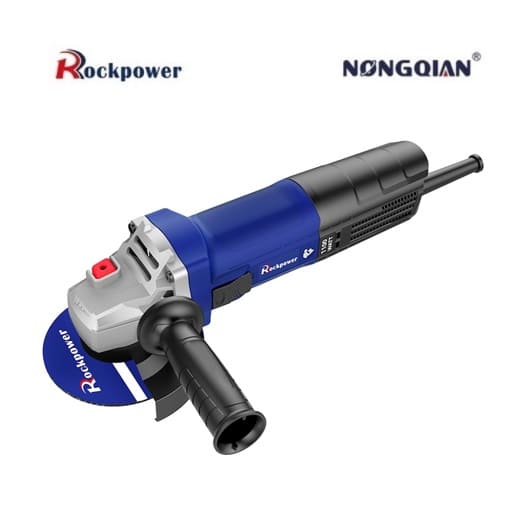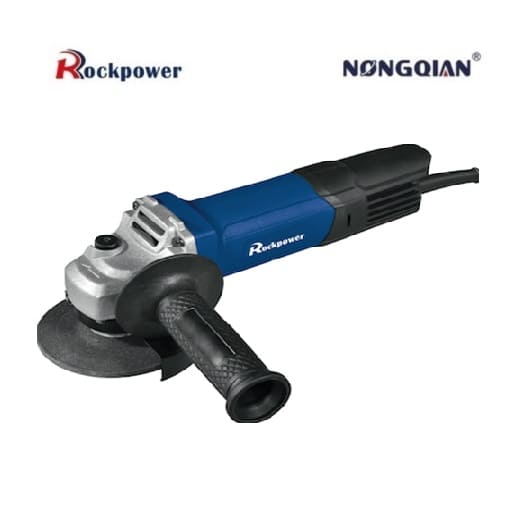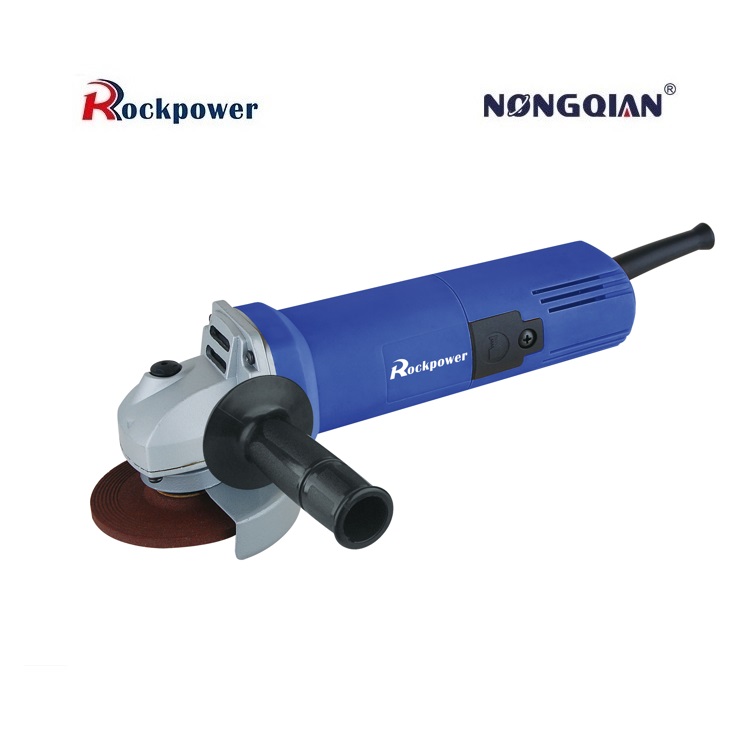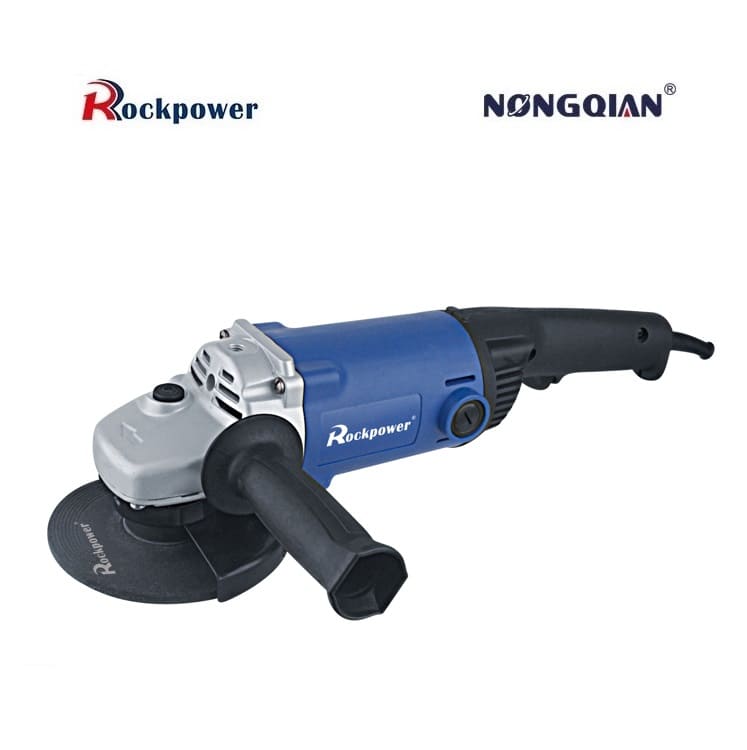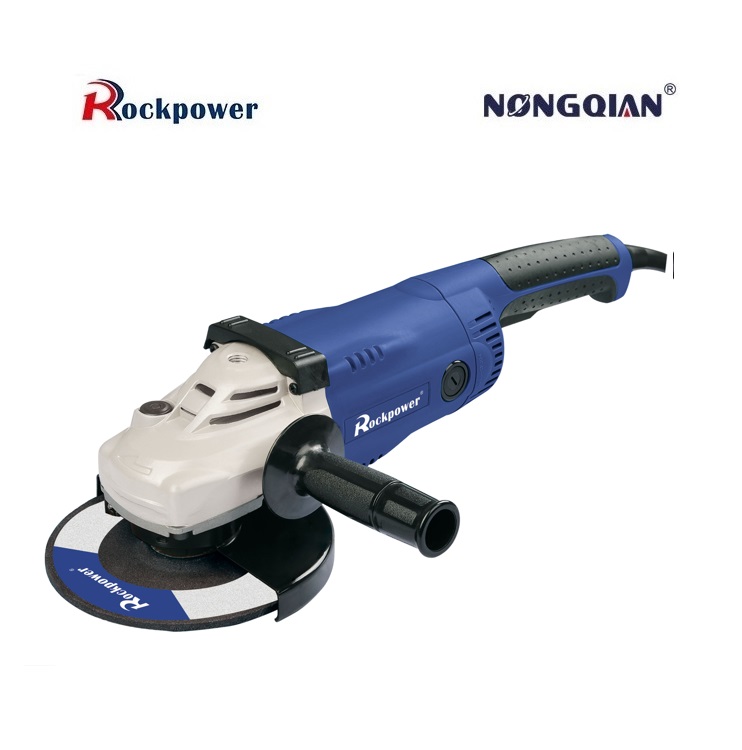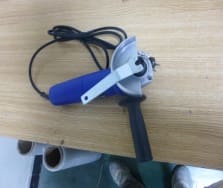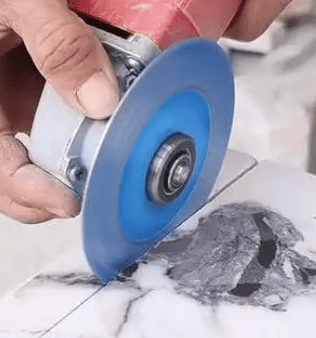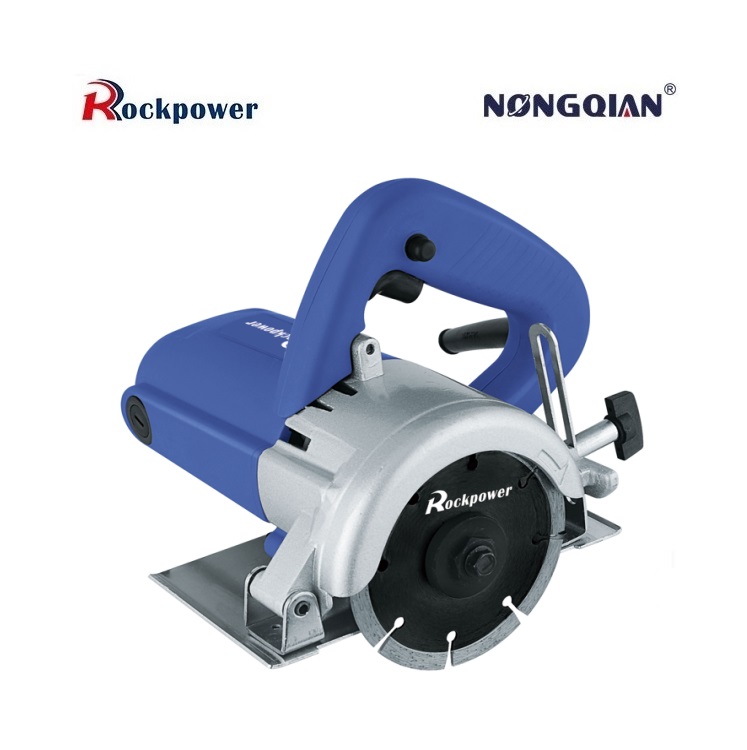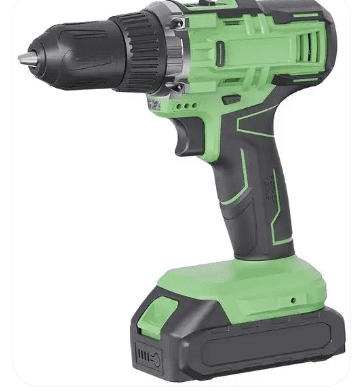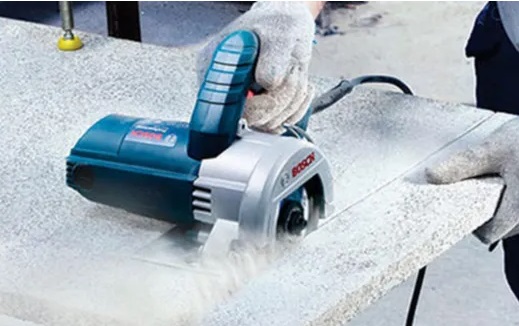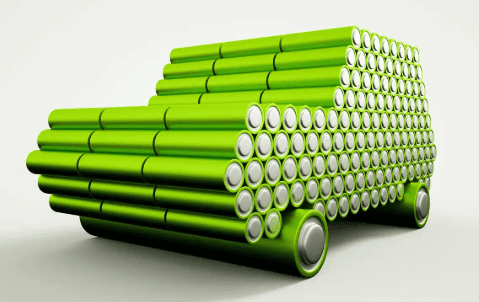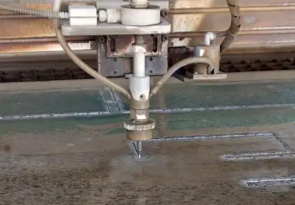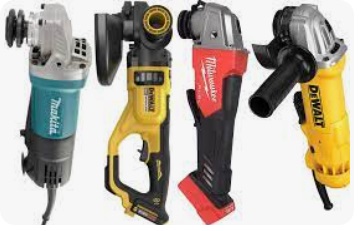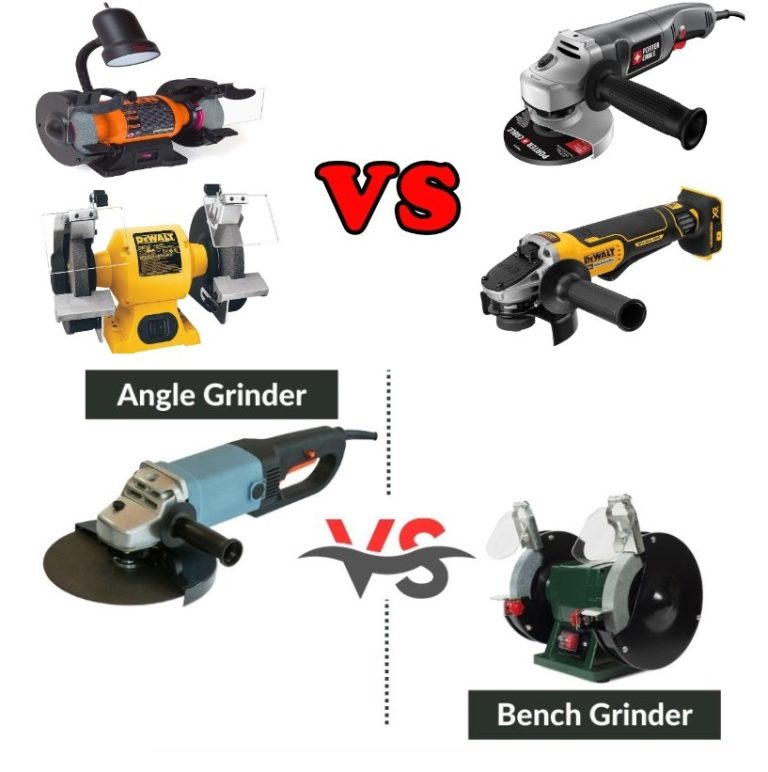Is a brushless drill better?
Brushed and brushless motors each have their own advantages and disadvantages, and the choice between them should be based on specific application needs. In the world of motors, brushed and brushless motors are like “twin brothers”—both serve as power cores but have distinct characteristics. For the average consumer, understanding their pros and cons can help avoid pitfalls when purchasing appliances, power tools, electric vehicles, and other devices. Today, we’ll conduct a comprehensive comparison to help clarify your decision-making!
- Quick Answer
- Brushed Motors: Low cost, simple structure, easy maintenance, but less efficient and shorter lifespan. Suitable for budget-limited or low-precision scenarios (e.g., toys, small appliances).
- Brushless Motors: High efficiency, long lifespan, low noise, but higher cost and require a compatible controller. Ideal for high-precision, long-term applications (e.g., drones, electric vehicles).
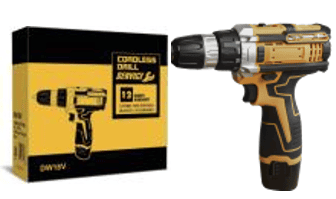
- Detailed Comparison
(1) Performance
- Brushed motors offer high starting torque but wear out faster at high speeds; brushless motors respond quickly and have a wider speed range.
(2) Maintenance - Brushed motors require periodic carbon brush replacement; brushless motors are maintenance-free and more reliable.
(3) Cost - Brushed motors are cheaper upfront but may incur higher long-term costs; brushless motors have a higher initial investment but better overall value.
I. Core Difference: The Fundamental Distinction Lies in the “Brushes”
Many people only recognize the surface-level difference: “one has brushes, the other doesn’t.”
- Brushed Motors: Use carbon brushes and a commutator to conduct electricity, with current alternating through the rotor coils to drive rotation. Like replacing batteries in an old flashlight, the carbon brushes wear out and need periodic replacement.
- Brushless Motors: Eliminate brushes, using Hall sensors and electronic controllers to switch current direction. The rotor relies on electromagnetic induction between permanent magnets and stator windings, resulting in a “cleaner” structure.
In short, brushed motors use mechanical commutation, while brushless motors use electronic commutation. This difference directly impacts performance and application suitability.
II. Brushed Motors: The “Cost-Effective King” – Pros and Cons
(1) Three Core Strengths for the “Pragmatic” User
- Simple Structure, Low Cost: Brushed motors consist of four main components (stator, rotor, brushes, commutator) and are 30%-50% cheaper to produce. Common in household fans, vacuum cleaners, and electric shavers, affordability is key.
- High Starting Torque, Fast Response: Delivers instant high-speed rotation, ideal for “burst power” needs like drills and angle grinders.
- Easy Maintenance: Worn brushes can be replaced DIY with affordable parts, unlike brushless motors that often require professional servicing.
(2) Four Major Drawbacks Limiting Their Appeal
- High Friction, Short Lifespan: Brushes and commutators friction causes heat and carbon dust buildup, limiting lifespan to 5,000–10,000 hours (2–3 years with daily use).
- Strong Electromagnetic Interference, Loud Noise: Sparking disrupts nearby electronics (e.g., radios), and noise exceeds 70 dB—20 dB louder than brushless motors.
- Low Efficiency, Energy Waste: Over 30% of energy is lost to friction and heat, reducing output power by 15%-20% compared to brushless motors. Long-term use increases electricity costs and risks demagnetization.
III. Brushless Motors: The “All-Rounder” for High-End Markets
(1) Four Unbeatable Advantages
- High Efficiency, Energy-Saving: Achieves over 90% energy conversion (vs. 70% for brushed). A 1000W brushless e-bike motor saves 30% power, extending range by 10 km.
- Long Lifespan, Maintenance-Free: No brush wear, with bearings being the only wear point. Lifespan reaches 20,000–30,000 hours (3–5x longer). A brushless fan may last a decade without repairs.
- Quiet, Smooth Operation: Noise below 50 dB (like soft speech). Brushless drones hum gently, while brushed ones roar.
- Versatile, Harsh-Environment Ready: No sparking, making them safe for flammable settings (e.g., flour mills, gas stations). Ideal for precision devices like drones and robots.
(2) Two Key Weaknesses
- Higher Cost, Controller Dependency: 40%-60% more expensive to produce, plus controller costs (30% of total). E.g., a brushless e-bike motor + controller costs $800 vs. $400 for brushed.
- Weaker Low-Speed Performance, Potential Resonance: Less starting torque; cheaper models may vibrate at low speeds (e.g., e-bikes jerking at startup). Poorly tuned controllers can cause resonance at high speeds.
IV. How to Choose? Match the Scenario
- Choose Brushed: Budget-friendly, infrequent use (e.g., occasional drills), low noise/lifespan tolerance.
- Choose Brushless: Frequent/long-term use (e.g., e-bikes, household fans), need for quiet/energy-saving operation, precision control (e.g., drones), or hazardous environments.
Example: For a fan used 8 hours daily, go brushless. For an occasional handheld fan, brushed suffices.
V. Conclusion: No “Better” Option, Just the Right Fit
Brushed motors are like the “economical choice”—cheap and easy to maintain, suited for light use. Brushless motors are the “premium all-rounder”—efficient and durable, ideal for demanding applications. As technology advances, brushless costs are dropping, but brushed motors will persist in low-end markets.
Next time you buy a motorized device, consider usage frequency, budget, and performance needs—don’t let “brushed vs. brushless” confuse you!
Configuration of cordless Drill and pacakges:
Normally configuration also can customized according to customer requirement, such as Unit price(2pcs battery,1pc charger, BMC pack with accessories ); Unit price(Color box pack, 1pc battery,1pc charger without accessories); Unit price(only BMC pack without accessories, 2pcs battery, 1pc charger). Package all can customize.
You may also interest to read similar questions:
What to look for when buying a cordless drill?
When to use impact vs drill?
Is a brushless drill better?
What does “brushless” mean on a drill?
Are corded drills more powerful?
Is a hammer drill more powerful than a regular drill?

